B. G. Sidharth9812812342, 9789812812346
Presenting the new paradigm in fuzzy spacetime, this book is based on some 100 papers published in peer-reviewed journals including Foundations of Physics, Nuovo Cimento and The International Journal of Modern Physics (A&E), as well as two recently published books, The Chaotic Universe (Nova Science, New York) and The Universe of Fluctuations (Springer). The work had predicted correctly in advance epoch-turning observations, for example, that the Universe is accelerating with a small cosmological constant driven by dark energy when the prevalent line of thinking was the exact opposite. Similarly, the prediction of a minimum thermodynamic residual energy in the Universe has also been realized more recently. Further to a unified description of gravitation and electromagnetism via fluctuations, several other features are presented in complete agreement with experiments, in sharp contrast to the present ideas which are neither verifiable nor disprovable.
Contents: The Limits of Physics; Law Without Law; The Universe of Fluctuations; The Thermodynamic Universe; Spacetime Models and Tests; The Origin of Mass, Spin and Interaction; The Enigma of Gravitation; An Adventurer s Miscellany.
Table of contents :
Contents……Page 8
Preface……Page 6
1.1 Our Scientific Legacy……Page 11
1.2 The Advanced and Retarded Fields……Page 16
1.3 Quantum Mechanical Considerations……Page 21
1.5 Discussion……Page 24
1.6 The Quantum Universe……Page 27
1.7 The Strong and Weak Interactions……Page 29
1.8 Gauge Fields……Page 32
1.9 Standard Cosmology……Page 37
1.10 Bosonic Strings……Page 40
1.11 End of the Road?……Page 44
2.1 A “Lawless” Universe?……Page 55
2.2 The Emergence of Spacetime……Page 58
2.3 Spacetime……Page 70
2.4 Further Considerations……Page 71
2.5 The Path Integral Formulation……Page 76
2.6 Remarks……Page 78
3.1 The New Cosmos……Page 83
3.2 The Mysterious Dark Energy……Page 86
3.3 Issues and Rami cations……Page 94
3.4 Tests……Page 95
3.5 Other Consequences……Page 98
3.7 The Binary Pulsar……Page 101
3.8 Change in Orbital Parameters……Page 103
3.9 Remarks……Page 105
3.10 Further Considerations……Page 119
4.1 Introduction……Page 131
4.2 The Planck and Compton Scales……Page 134
4.3 The Transition……Page 140
4.4 Photon Mass……Page 144
4.5 Further Theoretical Support……Page 146
4.6 Remarks……Page 148
4.7 The Mass Spectrum……Page 154
4.8 Further Remarks……Page 156
5.1 The Nature of Spacetime……Page 167
5.2 Other Formulations……Page 182
5.3 Multiply Connected Space and Spin……Page 186
5.4 Lorentz Symmetry Violation Tests……Page 189
5.5 The Finsler Spacetime Approach……Page 192
5.6 Remarks……Page 193
5.7 A Test for Non Commutative Spacetime……Page 194
6.1 The Unification Mantra……Page 195
6.2 Compton Scale Considerations……Page 200
6.3 Remarks……Page 206
6.4 Fuzzy Spacetime and Fermions……Page 207
6.5 Branes……Page 210
6.6 Dirac’s Membrane and p-branes……Page 211
6.7 A Modified Klein-Gordan Equation……Page 212
6.8 A Modified Dirac Equation……Page 214
7.1 Gravitation in a New Light……Page 217
7.2 Remarks……Page 223
7.3 Gravitation and Black Hole Thermodynamics Again……Page 225
7.4 Further Remarks……Page 228
7.5 Gravitation From Fluctuations……Page 230
8.1 “Scaled” Quantum Mechanics……Page 233
8.2 Quantum Geometry I……Page 240
8.3 Quantum Geometry II……Page 243
8.4 Large Scale Structures……Page 245
8.5 The Puzzle of Gravitation……Page 247
8.6 A New Short Range Force……Page 250
8.7 Gravitational Effects……Page 252
8.8 Bosons as Bound States of Fermions: The Neutrino Universe……Page 253
8.9 Quantum Mechanics, General Relativity and The Landscape of Multiply Connected Universes……Page 257
8.10 The Monopole……Page 263
8.11 Fermions and Bosons……Page 266
Bibliography……Page 281
Index……Page 299
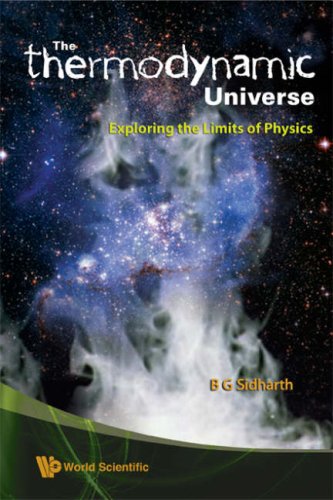
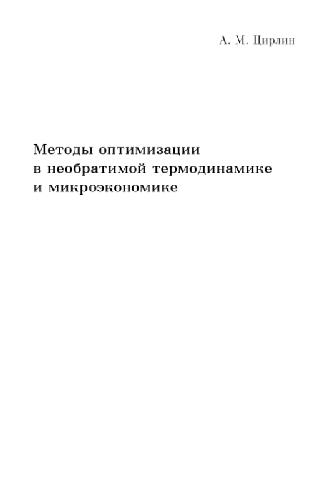
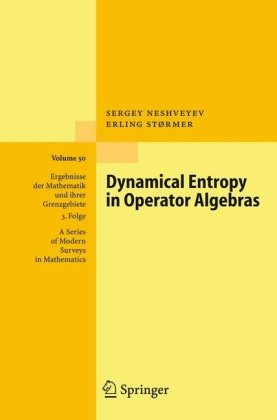
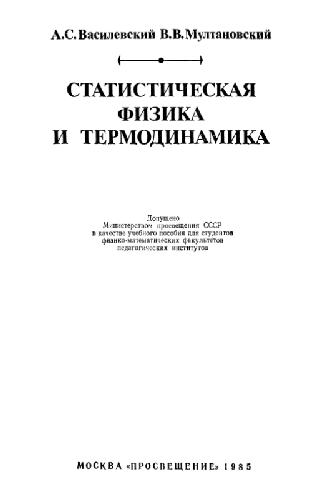

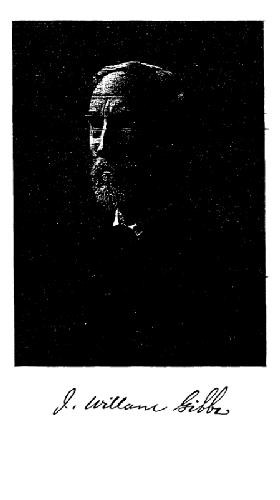
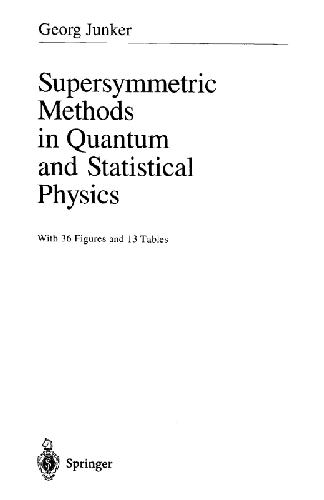
Reviews
There are no reviews yet.